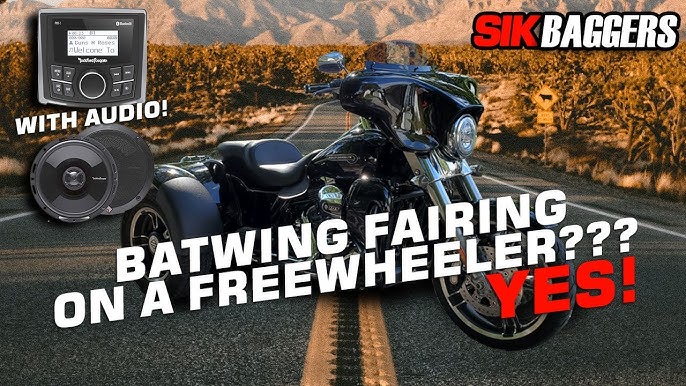Alright, buckle up, because I’m about to spill the beans on my “vector harley” adventure. It was a wild ride, let me tell ya.

It all started with this crazy idea I had bouncing around in my head. I wanted to create a vector illustration of a Harley Davidson motorcycle. Not just any Harley, mind you, but one that screamed power and attitude. I’m no professional artist, but I love tinkering with design software, so I figured, why not give it a shot?
First things first, research! I spent hours scouring the internet for reference images. Different angles, close-ups of the engine, the iconic fuel tank, the works. I needed a solid visual foundation to build upon. I wasn’t aiming for photo-realism, but I wanted the key details to be accurate.
Next up, I fired up my trusty old Adobe Illustrator. This is where the real fun began. I decided to start with the basic silhouette of the bike. Using the pen tool, I carefully traced the outline, focusing on capturing the overall shape and proportion. This took a while, lots of adjusting anchor points and tweaking curves, but eventually, I had something that resembled a Harley. Kinda.
Then came the details. Oh boy, the details! The engine was a beast. So many cylinders, pipes, and intricate bits and bobs. I broke it down into smaller, more manageable shapes. Circles for the cylinder heads, rectangles for the engine block, and a whole lot of custom shapes for the exhaust system. It was like putting together a puzzle, one tiny piece at a time.
The wheels were another challenge. I used a combination of circles and lines to create the spokes and tires. I even added a subtle radial gradient to give them a sense of depth. The devil’s in the details, right?

Color was crucial. I wanted a bold, eye-catching color scheme. I opted for a classic black and chrome look, with a touch of orange for some extra punch. I played around with gradients and highlights to add some dimension and make the bike pop.
But it didn’t stop there. I added some subtle textures to the seat and tires to give them a more realistic feel. I also included some simple background elements, like a blurred-out road and some dust particles, to create a sense of motion.
The final step? Sharing it online, of course! I posted it on my social media and got some pretty positive feedback. It wasn’t perfect, far from it, but I was proud of what I had created. It was a challenging project, but I learned a ton along the way. And that’s what it’s all about, right? Pushing yourself, experimenting, and having fun with the process.
- Collected reference images.
- Created the base silhouette using the pen tool.
- Added the engine.
- Drew the wheels with spokes.
- Applied colors and gradients.
- Added textures.
So, that’s the story of my “vector harley” adventure. It was a long and winding road, but I wouldn’t trade it for anything. Now, what should I illustrate next?
